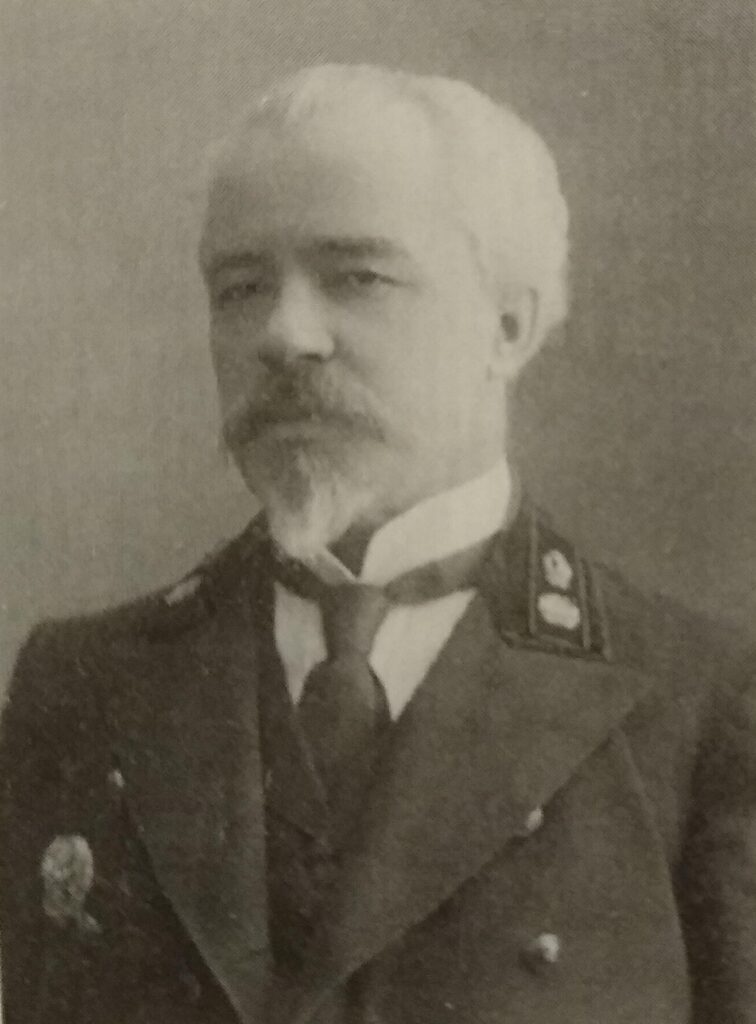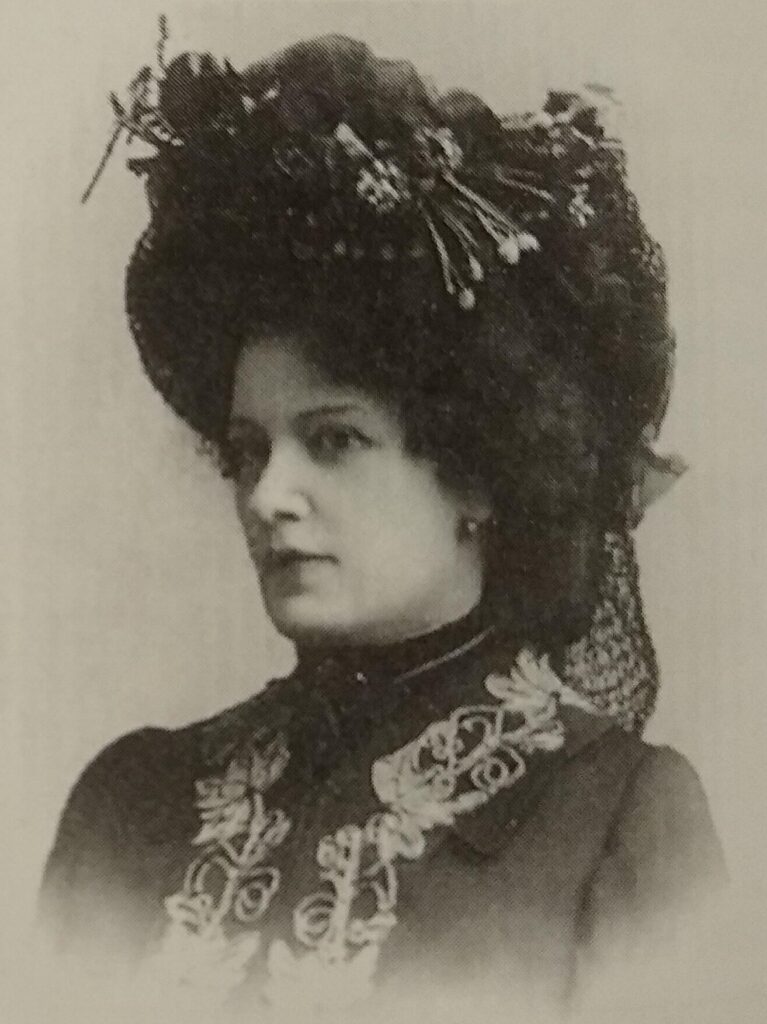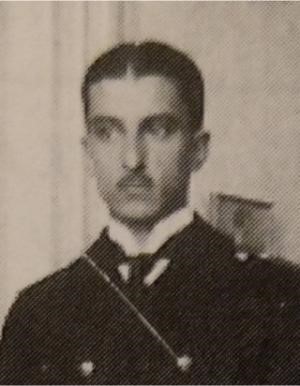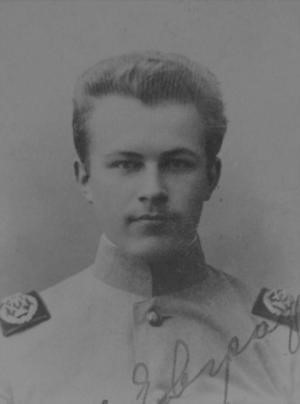The search for historical facts about the Peskovsky family took several months but eventually I was able to recreate the correct genealogy track as accurately as possible. Here, priests, employees, military men, doctors and people in the creative professions (musicians, singers, artists) are represented. I managed to find the first mentions of this family in the Mozhaisk district (Peski village) of Russia.
During my search, I found important data going back to the end of the 17th century. In 1782, Stepan Peskovsky was born, the son of Ivan Bashilov. The surname Bashilov is cut off from the tree, as I will explain below. There are two variants of the origin of the Russian surname Bashilov: from the settlement of the Aleksandrovo-Gaysky district of the Saratov region, and from the nature of the ancestor. Thus, the head and the first main person of my story of the Peskovsky family is Ivan Bashilov who was born before 1762.
Returning to Bashilov’s son, Stepan (Stefan) Peskovsky, I learned that he was born in 1782 in the village of Peski, Mozhaisk district. Stepan devoted his life to divine services; he graduated from theological courses, studied at the Trinity Seminary and from 1805 worked as a priest in the Sretenskaya Church. It should be noted that at one time Stepan took the name of a clergyman – Stefan Ivanov. He also changed his father’s surname Bashilov to the surname Peskovsky after his place of residence, the village of Peski.
Only in the middle of the 18th century did the names of the clergy begin to be fixed. Prior to this, priests were usually called father, priest or priest plus their name. Clergymen also acquired surnames when they graduated from the seminary or they were named after their place of residence.
Stepan Peskovsky married Natalia Fedorova (born in 1786) who was four years younger than him. After studying several biographical and memoir opuses of relatives, I recreated the sequence of birth of Stepan and Natalia’s five children: son Vasily (1811 / b.), daughter Elizabeth (1814 / b.), daughter Catherine (1816 / b.), son Evgraf (1822 / b.) and daughter Olga (1825 / b.). The eldest son was born when Stepan was 29 years old, and the youngest daughter when he was 43. Unfortunately, Stepan did not live to a ripe old age as he died at the age of 58. In the archival data, I was able to find reliable information about the fate of three of his five children – Vasily, Catherine and Evgraf – who we will discuss further.
The eldest son Vasily was born in the village of Peski, Mozhaisk district, in 1811. He graduated from theological studies at the Moscow Seminary and became a priest, following in his father’s footsteps.
Daughter Catherine was born in 1816. She married in 1843 at the age of 27. Her husband, Philip Andreev (born in 1814), was also an Orthodox priest. Catherine and Philip had two sons: Semyon (1843 / b.) and Vasily (1848 / b.). Catherine left this world when the youngest son was just 3 years old and when she was only 35. After the death of his wife, Philip remained a widower, giving all his strength to children and worship.
Son Evgraf was born in 1822. In 1838, at the age of 16, he entered the Bethany Seminary and studied in the secondary department. Evgraf quickly climbed the career ladder, working in the civil service. After leaving the seminary, he became a clerical servant for the Deanery Council. He then took up the position of a clerk in the Dmitrovsky Court. He worked as the head of the Dmitrovsky district prison and court counsellor on full government support (600 rubles / year). Between 1851 and 1861, he periodically served as mayor.
Evgraf proved his ability to work, and he was diligent and responsible when carrying out his direct official duties. In fact, he received awards. In 1888, he was awarded the Order of St. Anne, III degree for his impeccable and long service (12 years), with a systematic rise in rank. He also received a dark bronze medal on the Vladimir ribbon in memory of the Crimean War.
The Order of St. Anne was founded in 1735. In 1797, by decree of Emperor Paul I, it was introduced into the award system of the Russian Empire to distinguish clergy, military, civil and court officials. The statute of the order was approved in 1829.
Evgraf’s wife, Maria Stepanovna, was born in 1831 and was nine years younger than her husband. She ran the household and was a mother with a capital M. I learned that Evgraf and Maria had fourteen children. At the time of formulating the Peskovsky family tree from reliable sources, I was able to recreate the events of the lives of four children. Arkady, a son, was born in 1852 and he worked as a college secretary. The other sons, Evgraf (1862 / b.) and Sergei (1865 / b.), will be discussed in detail below. Antonina, the only daughter, was born in 1866.
Due to the fact that the name Evgraf is often found in the Peskovsky family tree (three generations in a row), I will describe the descendants with mentions of the names of the Evgraf wives.
The son of Evgraf and Maria, Evgraf Evgrafovich Peskovsky, was born in 1862 in the village of Peski, Mozhaisk district. As I learned from archival documents, Evgraf graduated from the Moscow Institute of Engineers of Geodesy, Aerial Photography and Cartography. He worked as a state councillor in Tauride province. Until 1914 (before the start of the First World War), he was the elected chairman of the Baku Land Court. The inheritance helped him lead an assured lifestyle and work in different cities: Simbirsk, Voronezh, Tver and Simferopol. Evgraf generously invested in the education of his children who studied in Germany, Moscow and St. Petersburg. He lived for several years in Simferopol, and from there he moved with his family to Baku where he purchased some elite housing – the entire third floor of the tallest building on Balakhanskaya Street. In 1918, Evgraf planned to emigrate to France, but he remained with his family to live in Baku. He loved sport and even took part in gymnastics competitions at the Moscow Institute.


The wife of Evgraf Evgrafovich, Veronika Viktorovna, was born in 1865 and was three years younger than her husband. Veronika came from the Kharlamov family of columnar nobles from Novgorod province. Evgraf and Veronika had seven children together. Son Sergei was born in 1887 and was an engineer. At the age of 22, he married Olga Stefanova Adamovich, the daughter of a nobleman. Another son, Alexander, was born in 1894 and was an officer of the Russian fleet. He died while performing direct military duties. Daughter Veronica (1897 / b.) was a high school graduate and a student of Catherine Polytechnic courses. Daughter Lydia married pianist Lev who was killed while on tour in the city of Tashkent. Son Evgraf was a doctor and writer (under the pseudonym Fraerman, which means “free man” in German). He died in the Gulag. Son Pavel was an artillery officer who fought for three years. He was married to Julia (a doctor and haematologist) but they later divorced. Finally, son Nikolai was an artist and singer. He travelled to Baku on tour but went missing.
From the stories of the descendants, I learned that after the homicide of his 24-year-old son Alexander during the uprising of the officers’ organisation in Rostov (1918), Evgraf, along with his two older sons, fell into oblivion and gave up on life.
I would like to dwell in a little more detail on the fate of Alexander. Information about him is well-preserved in the military-historical archives. As a midshipman on a boat, he was forced to approach the shore after a machine-gun attack. Here, he was arrested by the station commandant. Under pressure, Alexander wrote a note (under the station commandant’s letterhead) which was later passed to the enemy. It said that if the opponents lay down their arms, then life would be guaranteed for everyone; otherwise, Alexander would be shot. It turned out that their own sacrificed them in order to avoid further enemy traps.


Now, we will talk about another son of Evgraf and Maria – Sergei. After reading the biographical works of descendants, I could establish a number of important facts about his life. So, Sergei Peskovsky was born in 1865 in Baku, and he later studied in Germany where he obtained an engineering degree. He served as Provincial Secretary. Interestingly, he received a silver medal in memory of the sacred coronation of Sovereign Emperor Nicholas II and a dark bronze medal for his work on the First General Census of 1897. Initially, Sergei studied at the Dmitrovsky district school. He began his career in 1885 as a registrar for the Dmitrovsky police administration. Then, in 1889, for length of service, he was transferred to the Collegiate Registrars. In 1892, Sergei was promoted to the post of Provincial Secretary. From 1895, he worked as a clerical officer for the Dmitrov noble guardianship.
I also learned that Sergei Peskovsky married a Podolsk bourgeois woman, Ekaterina Biryukova (born in 1869), who was four years younger than him. Thanks to a number of archival sources, I was able to recreate the sequence of birth of the children of Sergei Evgrafovich and Ekaterina: daughter Valentina Loginov (1891 / b.), daughter Maria (1898 / b.), daughter Olga (1900 / b.), son Nikolai (1902 / b.), son Vladimir (1905 / b.), son Victor (1907 / b.) and son Alexander (1910 / b.).
Valentina Loginov, the eldest daughter, graduated from the gymnasium after 11 years of study and became a home teacher with a licence to teach the Russian language and history.
I also learned about the tragic fate of two sons. Victor and Alexander were creative people – artists – but they both fell under the Great Terror of 1937. Victor died in Stalin’s camps at the age of 30 and Alexander was imprisoned when he was only 25 years old.
In the summer of 1937, a series of state repressive campaigns began, now known as the Great Terror. The terror began with the signing of the secret order NKVD No. 00447 on July 30, 1937. During the political repressions of 1937–1938, at least 1.7 million people were arrested in the USSR and about 700,000 of them were executed.
At the end of his life, Sergei was forced to resign because he refused to sign a petition to demolish the temple. Things got even worse and over time he had to sell all the property he had acquired. Due to the resultant and persistent mental trauma, Sergei only lived for one year after the birth of his sons.
It took me about three months to research the history of the Peskovsky family. I worked very closely with archives in Moscow and St. Petersburg, and also with historical libraries. As a result, a family tree was produced, including 38 members and 55 records. It can be viewed HERE.
enquiry![]() truegenealogist.com
truegenealogist.com
